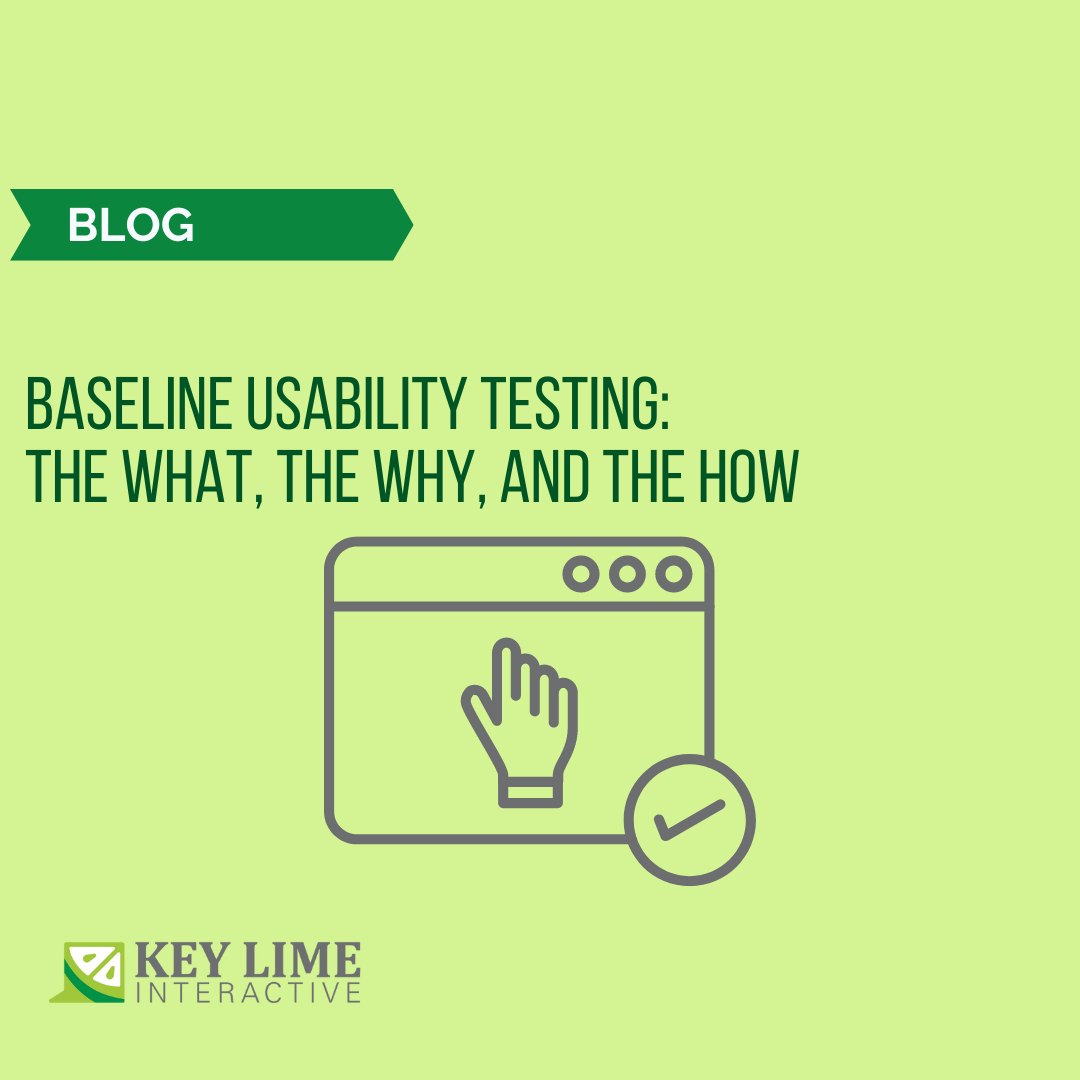
Rapid Iterative Testing and Evaluation, or the RITE method, is extremely effective for gathering actionable insights from the target users, and quickly providing recommendations to improve the product’s design.
RITE consists in collecting users feedback on the initial design, making changes to it and then gathering additional users feedback before iterating again on the design.
RITE Methodology Introduction
This method is similar to typical usability testing, where participants are asked to complete tasks using think-aloud protocol. However, instead of waiting until the end of the study to summarize the insights and suggest improvements, the research and design teams iterates on the design as soon as issues are brought up by 1 or 2 participants.
However, this means that after each participant finishes, the team has to regroup to determine whether to make any changes to the design
Making rapid iterations is not always easy or feasible. Theoretically, it makes sense to fix changes rapidly, but in practice, it can be hard. If it takes more than an hour to modify a design, then it will only be possible to test one or two participants per day, which is a much slower rate than traditional usability testing (which allows to run 4-5 participants per day).
When Should you Stop Testing?
In RITE, it’s uncle
ar when to stop testing. If the researcher sees a problem that needs to be fixed, the testing stops, the problem gets fixed, then the research resumes. But what if there aren't any problems? When to stop?
This isn’t well defined for RITE. Michael C. Medlock (User Testing Lead, Microsoft Games Studios) reported in a case study of the game Age of Empires II (from 2002) in which, after using the RITE method with 10 participants, there were no changes required for the next 6 participants, so for those 6, the design didn’t change. He called this the “verification step.”
This verification step is a critical part of the process. However, due to the time required and the risk of having to iterate too many times (problems are easier to identify than solutions), only a few practitioners complete this step.
Tips for Conducting RITE
Some tips for conducting RITE studies are:
- Tip #1 - Invite the stakeholders to observe as many sessions as possible so that they can hear the crucial comments that users make, and they will buy-into the subsequent iteration on the design. If they realize first-hand the pitfalls with a particular workflow in the design, they will be aware of the direction the team is taking with respect to the product design.
- Tip #2 - After each session, schedule 30 minutes with the rest of the team to talk about what people observed, make hypotheses and come up with ideas to improve the design.
- Tip #3 - It’s important to revise the testing protocol after each design iteration to reflect questions that designers and other stakeholders want to address in the upcoming user sessions.
- Tip #4 - Record the sessions to allow the stakeholders that could not observe to listen to session recordings.
- Tip #5 - Create a high fidelity prototype that looks and acts like the real product. The more realistic the experience feels to the users, the richer and more insightful will be their feedback.
- Tip #6 - Have a designer and/or prototyper assisting during testing, to quickly make iterations to the design.
- Tip #7 - Be willing to fail early and often! The majority of changes to the design will happen within the first 3-4 sessions.
RITE Summary
While using RITE produces effective results, it requires a large time commitment and deep involvement from the core product team.
This methodology is most successful when most team members are willing and able to observe the sessions, so that discussions can happen fluidly in-between sessions and the team can implement changes quickly.
In today’s world (due to Covid-19), UX companies are shifting, for safety reasons, from in-person to remote testing. This behavior decreases the cost for the design and engineering team to observe the sessions as they can do it remotely, rather than having to go to the testing site.










Comments
Add Comment